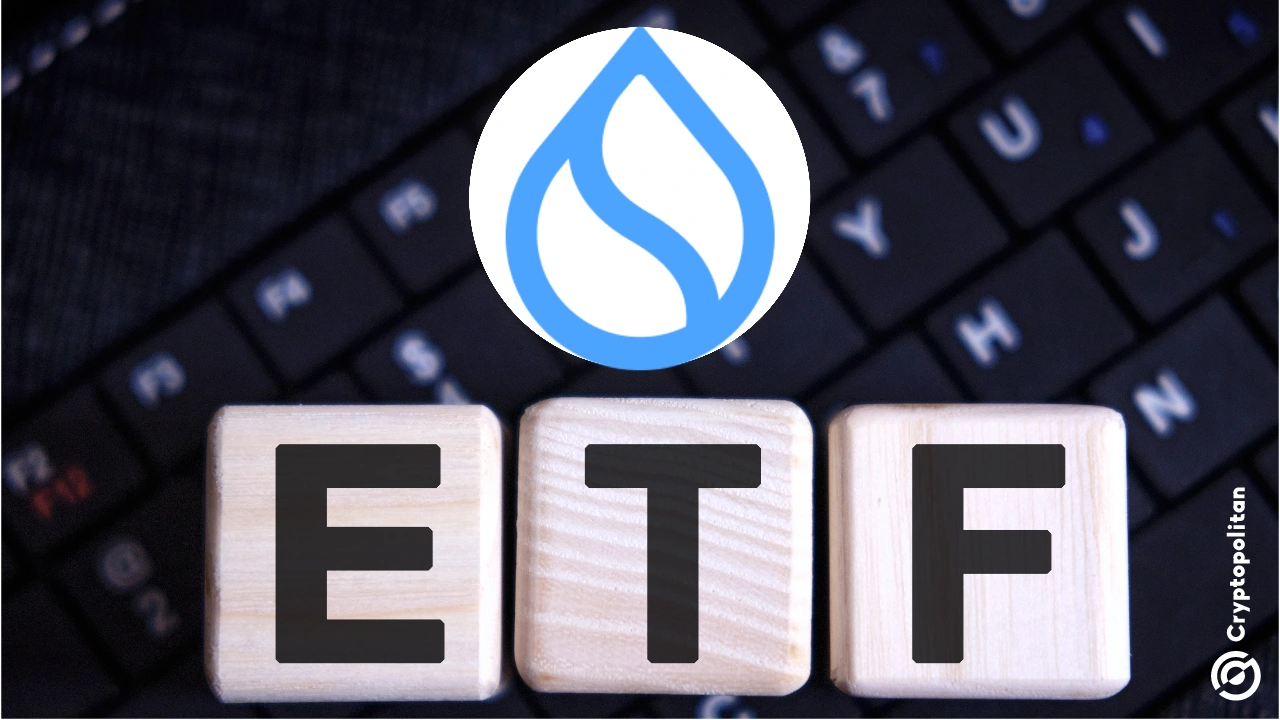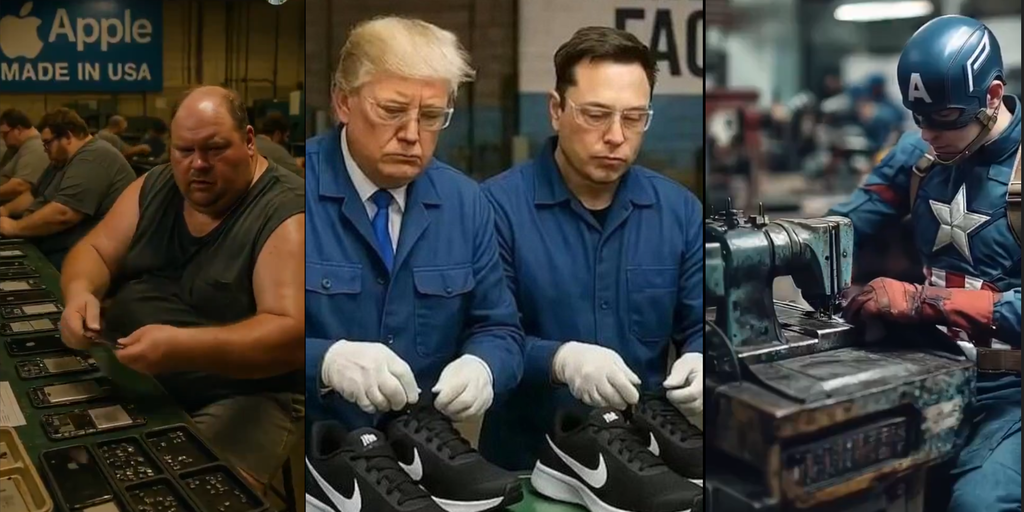As the AI race intensifies across the globe and gets tighter between world economic super-powers, China is closing in on the US, churning out new innovations from smaller AI companies.
This also comes as China is looking at enhancing self-sufficiency and reducing over-reliance on US AI products, at a time the geopolitical tensions are intensifying.
Fierce rivalry as smaller models in China take the glory
In November 2022, ChatGPT was launched to immediate success. During that time, only two US companies, OpenAI and Google, could boast truly cutting-edge AI. Now, competition has become rife with more companies vying for supremacy.
A new report published by Stanford University’s Institute for Human-Centered AI (HAI) highlights just how the situation has changed as well as how crowded the AI field has become.
In the US alone, more competition is coming from Meta’s Llama models, Elon Musk’s xAI, while Anthropic – a company that was founded by former OpenAI employees, is also adding to the pressure.
A popular benchmark called LMSYS reveals that a model from China’s DeepSeek, R1, ranks closest to the leading global models built by US AI companies.
“Chinese models are catching up as far as performance to the US models. But across the globe, there are new players emerging in the space.”
Vanessa Parli, director of research at HAI.
On the Chatbot Arena Leaderboard, which asks users to vote on the performance of various bots, the top-ranked model scored about 12% higher than the tenth-ranked model in early 2024, but only 5% higher in early 2025.
The index shows that notable generative AI models are, on average, still getting bigger by using more decision-making variables, more computing power, and bigger training data sets.
But developers are also proving that smaller, sleeker models are capable of great things.
Thanks to better algorithms, a modern model can now match the performance that could be achieved by a model 100 times larger two years ago.
“2024 was a breakthrough year for smaller AI models,” the index says.
Bart Selman, a computer scientist at Cornell University in Ithaca, New York, who was not involved in writing the Index report, says it is good to see relatively small, cheap efforts such as China’s DeepSeek proving they can be competitive.
“I am predicting we will see some individual teams with five people, two people, that come up with some new algorithmic ideas that will shake things up,” he says.
China makes fast progress as US’ dominance wanes
The US continues to be the top producer of notable models, releasing 40 in 2024, compared with China’s 15 and Europe’s 3. But plenty of other regions are joining the race, including the Middle East, Latin America, and Southeast Asia.
And the previous US lead in terms of model quality has disappeared, the report adds. China, which produces the most AI publications and patents, is now developing models that match its US competition in performance.
In 2023, the leading Chinese models lagged behind the top US model by nearly 20 percentage points on the Massive Multitask Language Understanding test (MMLU), a common benchmark for large language models. However, as of the end of 2024, the US lead had shrunk to 0.3 percentage points.
“Around 2015, China put itself on the path to be a top player in AI, and they did it through investments in education. We are seeing that is starting to pay off.”
Selman.
The field has also seen a surprising surge in the number and performance of ‘open weight’ models such as DeepSeek and Facebook’s Llama.
Originally, closed systems, in which none of these factors are disclosed, were markedly superior, but the performance gap between top contenders in these categories narrowed to 8% in early 2024 and to just 1.7% in early 2025.
“It is certainly good for anyone who cannot afford to build a model from scratch, which is a lot of little companies and academics,” said Ray Perrault, a computer scientist at SRzi, a non-profit research institute in Menlo Park, California, and co-director of the report.
OpenAI in San Francisco, California, which developed the chatbot ChatGPT, plans to release an open-weight model in the next few months.
Cryptopolitan Academy: Want to grow your money in 2025? Learn how to do it with DeFi in our upcoming webclass. Save Your Spot
















No comments yet